You might stay updated on the latest apps or slang, but certain habits still reflect an earlier era. These aren’t about age so much as comfort and routine. Even the most tech-savvy or street-smart person can carry a few giveaways in their everyday behavior.
If any of these sound familiar, you’re likely not fooling anyone under 30.
Add “The” Before App Names
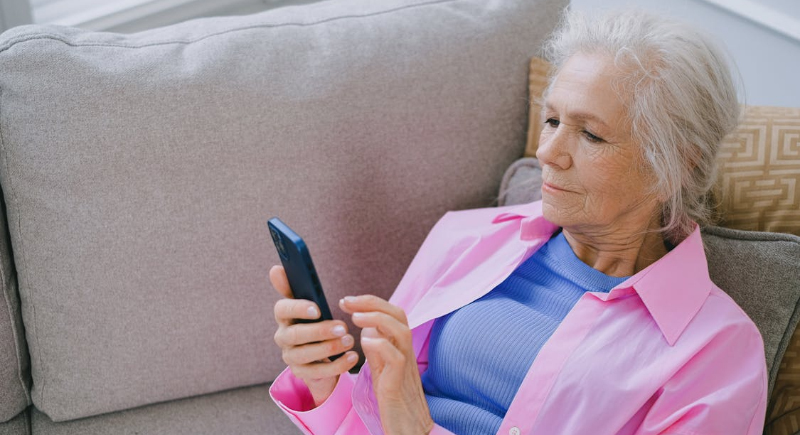
Younger users drop the article entirely when referring to platforms like Instagram or TikTok. They’ll say, “I saw it on TikTok,” not “the TikTok.” The definite article feels awkward to them and suggests unfamiliarity. It’s a subtle difference, but people notice.
Double-Space After Periods
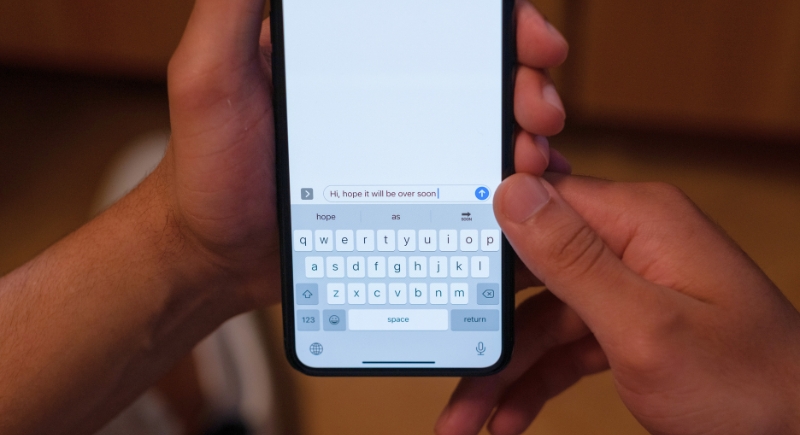
This habit began when typewriters ruled and fonts had equal spacing. The extra space helped visually separate sentences for clarity. Digital fonts today are proportional and don’t need that help. Adding an extra space makes writing look dated. If you double-space after every period, you’re using a solution for a problem that no longer exists.
Mail Checks to Pay Bills
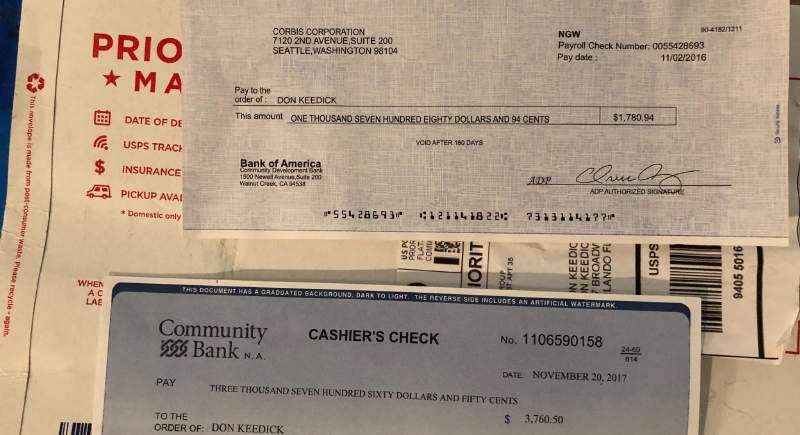
According to the Federal Reserve, check usage in the U.S. has dropped by over 7% annually since 2018. A lot of people now use banking apps, autopay systems, or digital wallets. Mailing checks introduces delays and the risk of lost payments. The transition to digital payments, meanwhile, adds convenience and reduces paperwork.
Overuse of Ellipses in Texts
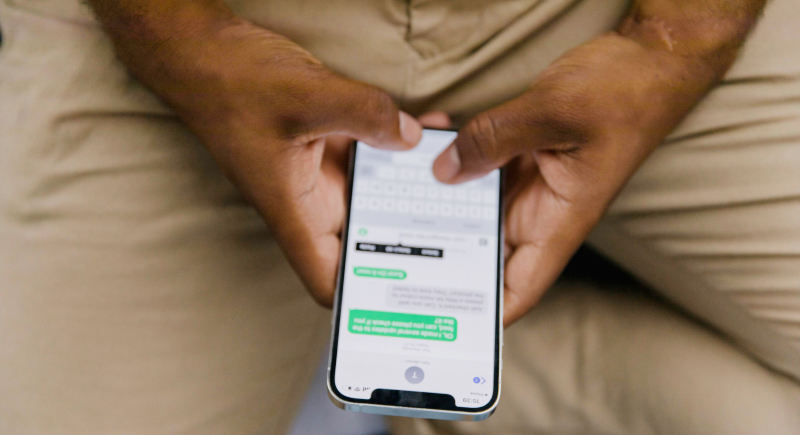
Using ellipses in casual texts can send the wrong message. It can suggest hesitation, confusion, or even passive frustration. The texting style currently leans toward clearer punctuation. Periods, question marks, or no punctuation at all feel natural in digital conversations.
Print Documents “Just in Case”
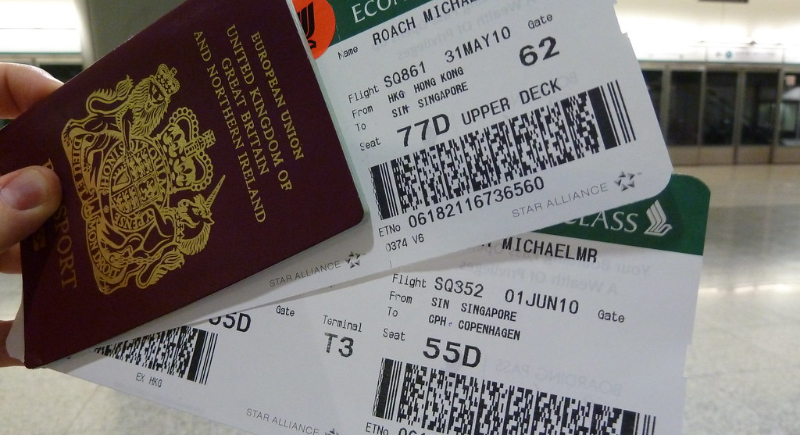
Some people print boarding passes, maps, or tickets out of habit. It feels safer to hold a paper backup. But digital systems can store everything, update in real time, and reduce the risk of lost documents. Unless you’re heading somewhere with no reception, paper copies are more likely to slow you down than help.
Pay for Parking with Coins
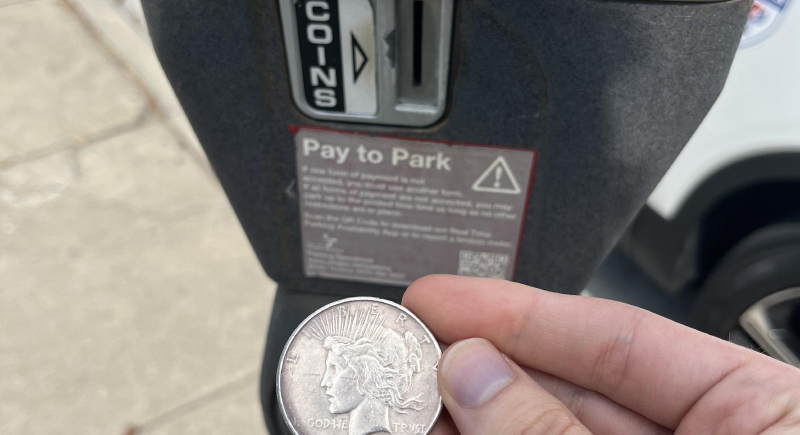
In the past, keeping change in your glove compartment made sense. But cities across the U.S. have replaced traditional parking meters with digital alternatives. Apps like ParkMobile or PayByPhone let drivers pay by card, receive reminders, and extend time without returning to the car.
Say “Kids These Days” Seriously

Blaming the up-and-coming generations for being too soft, too lazy, or too obsessed with screens is an old tradition. But younger people work longer hours, face higher costs, and navigate constant online demands. Saying “kids these days” shuts down conversation and ignores real differences in culture and economics.
Bring out an iPad to Take Pictures
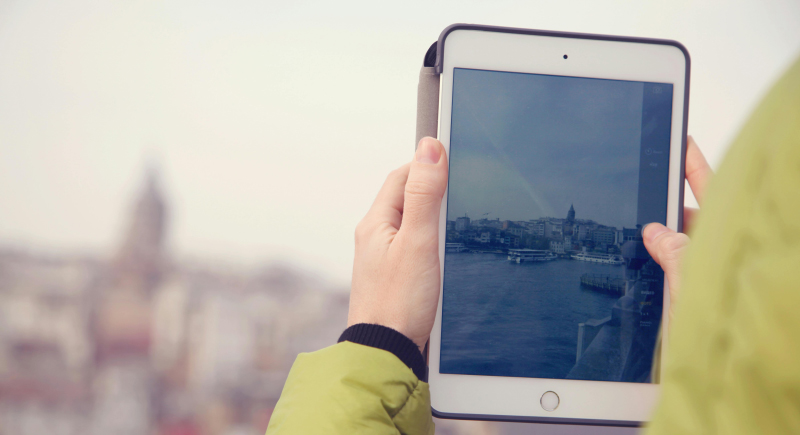
Tablets were never designed for photography, yet some people reach for them at events. They’re bulky, harder to aim, and usually block the view of others. If you’re holding up a tablet to snap a photo, it shows you haven’t adjusted to newer tools.
Use Outdated Emoji Combinations
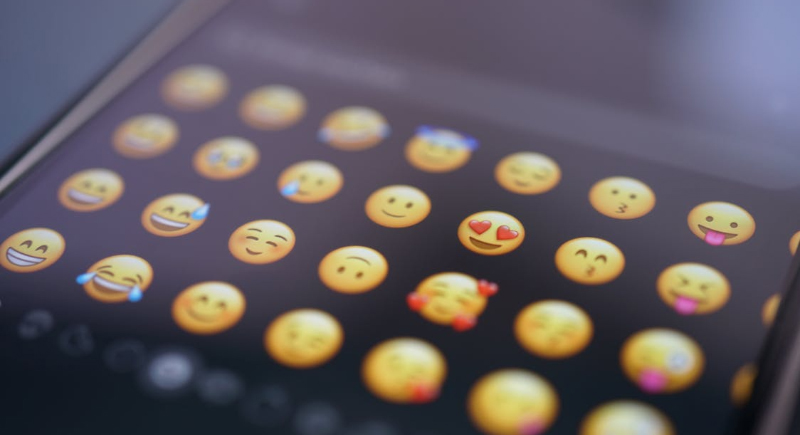
Emoji habits mark a clear line between generations. Most teens and young adults skip the crying-laughing face, seeing it as something their parents or teachers use. For a genuine laugh, they’ll drop a skull or a sideways face instead. The most-used emojis shift fast, but what’s “in” rarely stays that way for long.
Leave Voicemails for Basic Messages
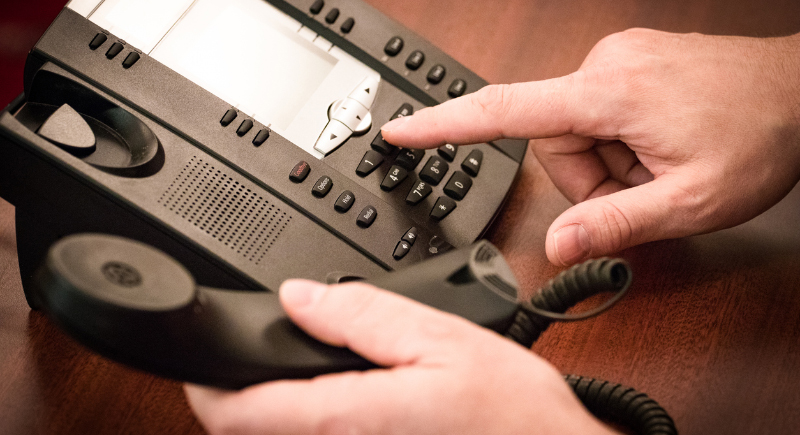
Most people under the age of 40 don’t check voicemails regularly and prefer quick text replies. Leaving a message just to say “call me back” adds steps that feel unnecessary. Texting is quicker, more convenient, and keeps conversations organized.
Text With One Finger
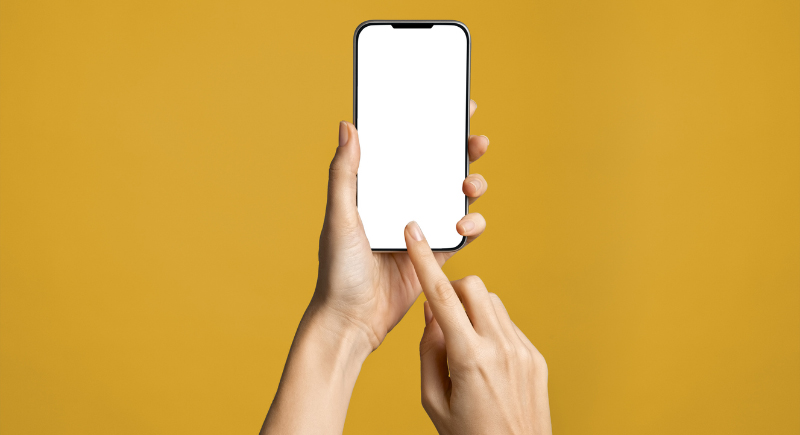
If you have any teenagers around you, you may have seen them text using both thumbs. This method was developed for touchscreen phones and allows speedy typing. Using one finger, especially the index, looks slow and often signals discomfort with smartphones.
Call Before Texting
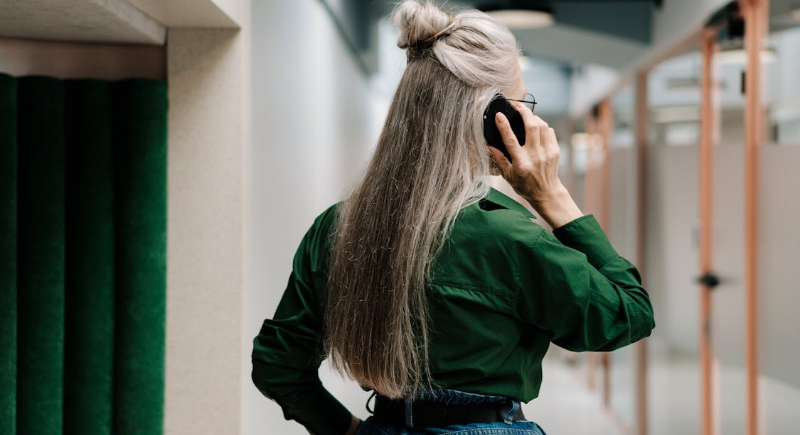
Dropping a call without warning often gets a cold reception from younger people. Gen-Z usually wants a heads-up by text—something as simple as “free to talk?” It’s less about being formal and more about avoiding the awkwardness of a surprise call when they’re busy or not in the mood.
Keep A Landline Phone
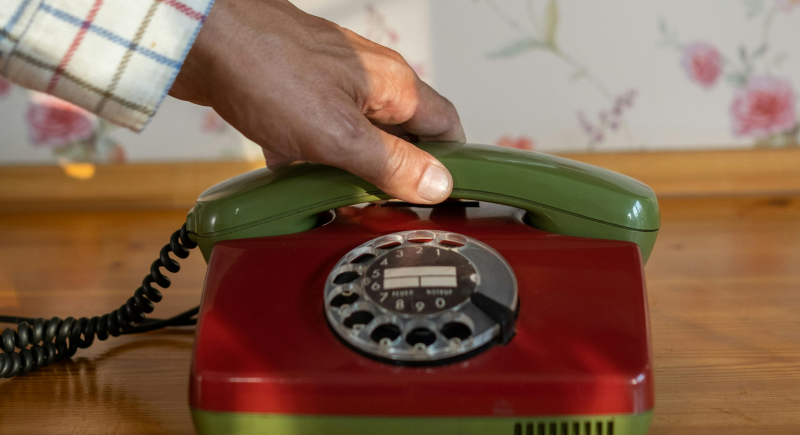
A landline used to mean reliable communication, especially during emergencies or power outages. But mobile phones offer the same functions—plus texting, GPS, and high-quality audio. According to Pew Research, over 97% of American adults owned a mobile phone by 2023. The landline still rings, but its role has mostly faded.
Prefer QR Code Menus
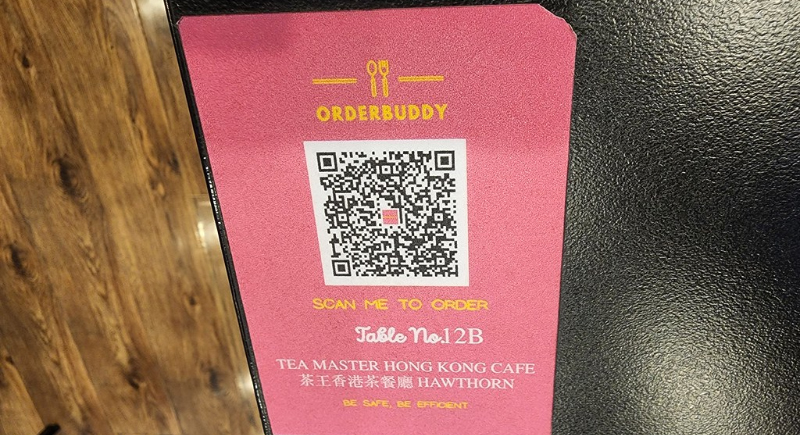
QR menus became standard during the pandemic and remain common due to ease and cost savings. Restaurants can update prices, remove out-of-stock items, and avoid printing costs. The format isn’t going away, and scanning saves time as opposed to flipping through outdated laminated pages.
Tip In Cash at the Door
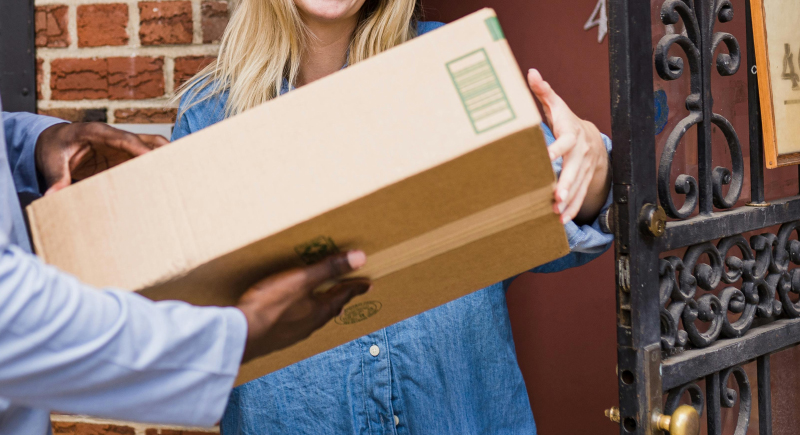
Various delivery apps, like DoorDash, Uber Eats, and Grubhub, build tipping options directly into checkout. Drivers receive those tips faster, and the amount is recorded instantly in the system. This approach also removes the stress of finding exact change when your food arrives.